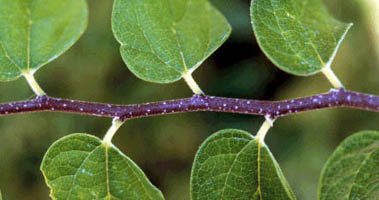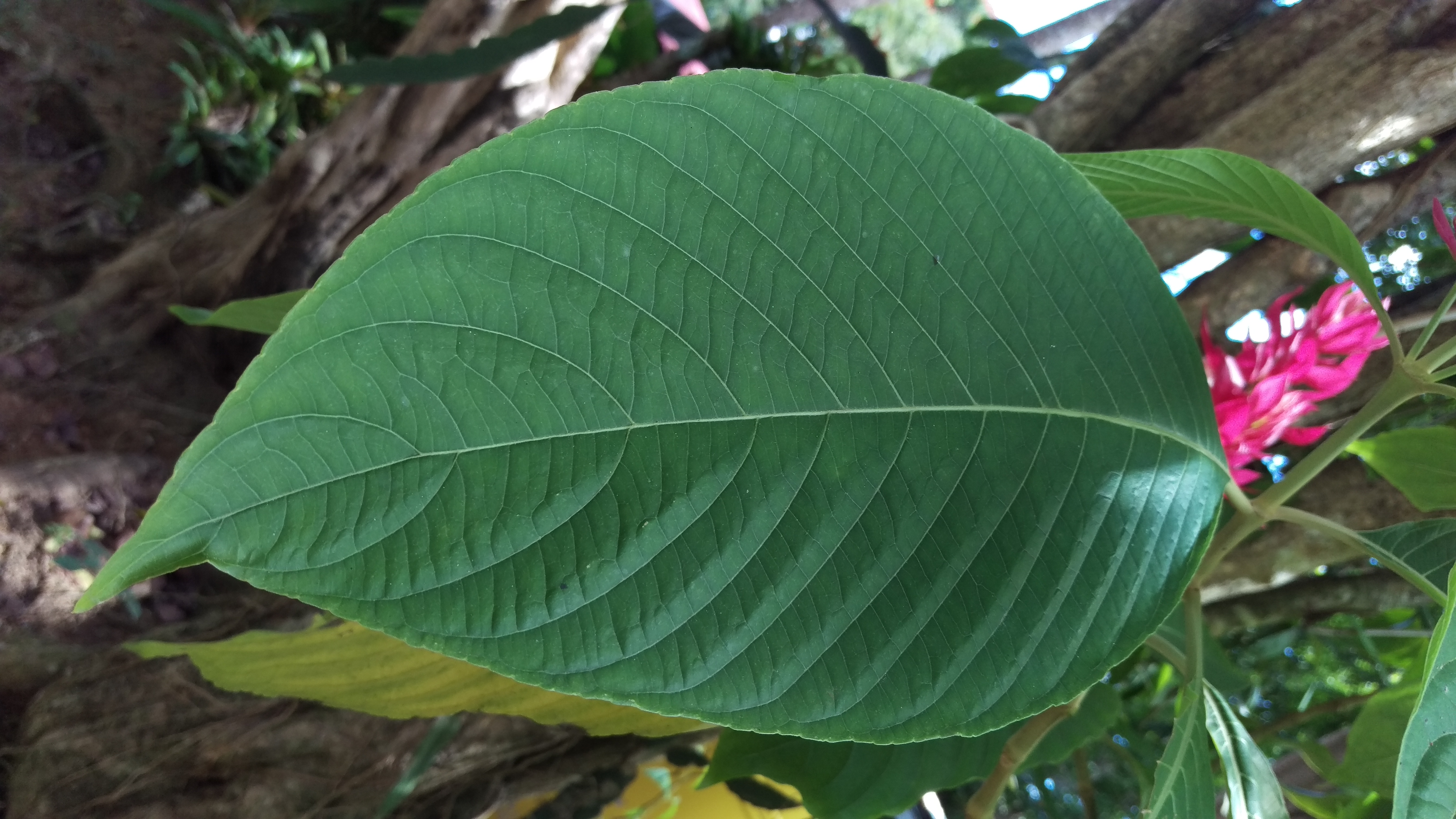This leaf type has more than one blade joined to the petiole.
What is a compound leaf?
Photosynthesis is used to do this process.
What is making food/glucose?
These plants have non-woody stems.
What is herbaceous?
These are tiny one-celled reproductive structures found on plants such as ferns.
What are spores?
This type of flower is usually found in the center of a composite flower head.
What are disk flowers?
These leaves attach directly to a stem.
What are sessile leaves?
When you look at a leaf under a microscope, you will notice these little green structures moving within each cell.
What are chloroplasts?
This type of plant reproduction does not involve flowers, seeds, or fruit.
What is vegetative reproduction?
These are plants without vascular systems.
What are bryophytes?
Thesse are the three main parts of a seed.
What are the embryo, endosperm, and seed coat?
The branch shown below has this kind of leaf arrangement.
What is alternate?
Along with water and carbon dioxide, this final ingredient is needed to start the process of photosynthesis.
What is sunlight?
This carries water and nutrients from the root hairs upward through the root and stem to the leaves.
What is xylem?
This tracheophyte completes the process of photosynthesis in its stem instead of its leaves.
What are horsetail?
This upward force in the transport tubes is produced by water entering the root hairs.
What is root pressure?
This is the place where a leaf attaches to the stem.
What is a node?
The process of cellular respiration combines glucose and oxygen to make these products.
What are ATP, carbon dioxide, and water?
Water and dissolved chemicals are absorbed through the cell membrane of the root hairs by this process.
What is osmosis?
This bryophyte stays attached to a moist surface or soil by tiny hair-like threads called rhizoids.
What is moss?
The leaf below illustrates this type of venation.
What is pinnate?
This is the shape of the margin of the leaf below.

What is lobed?
Plants do not store excess glucose; instead they convert it into this substance.
What is starch?
The storage cells that surround a root’s transport system tubes form this.
What is the cortex?
This tracheophyte is one of the most unique seedless plants.
What is a fern?
This is the main force that brings water up a plant’s transport tubes, the loss of water from its leaves.
What is transpiration?